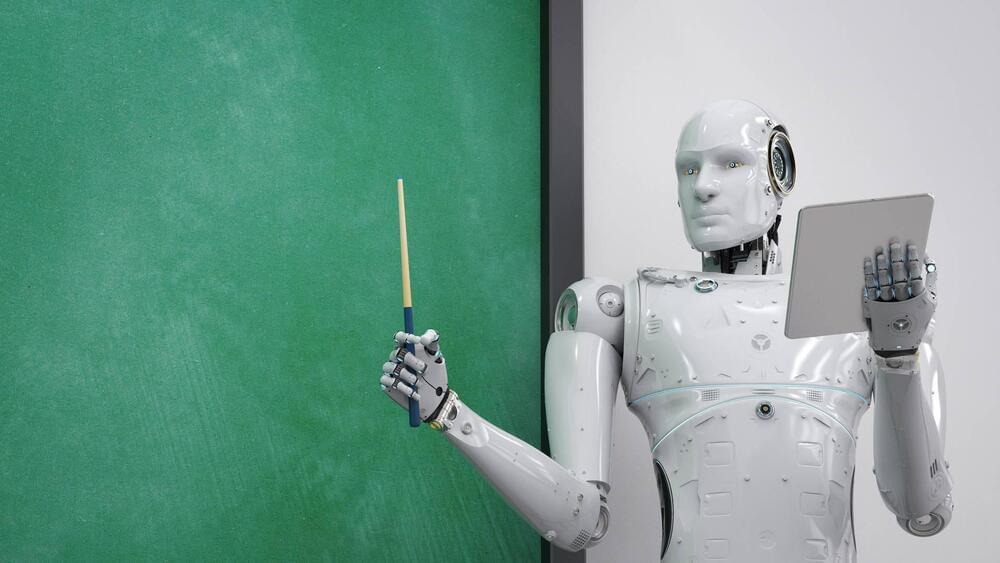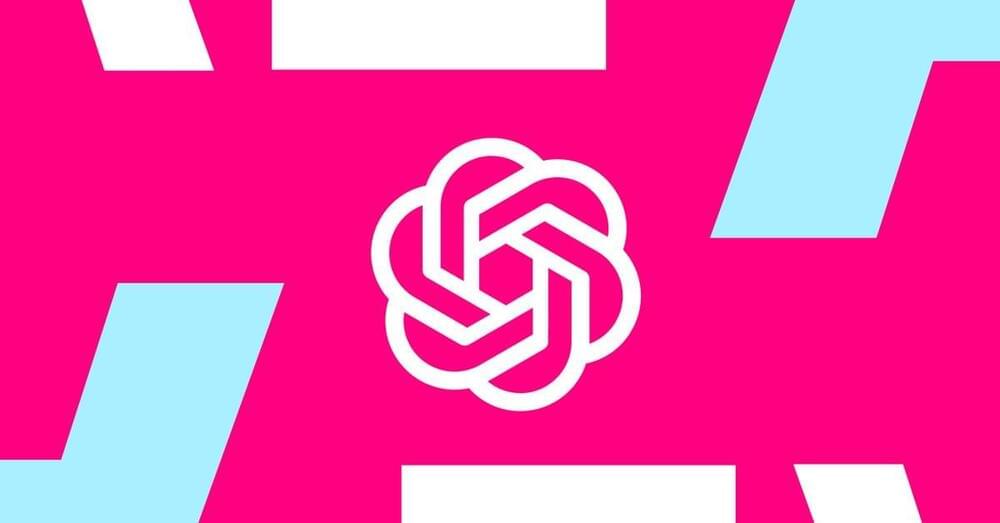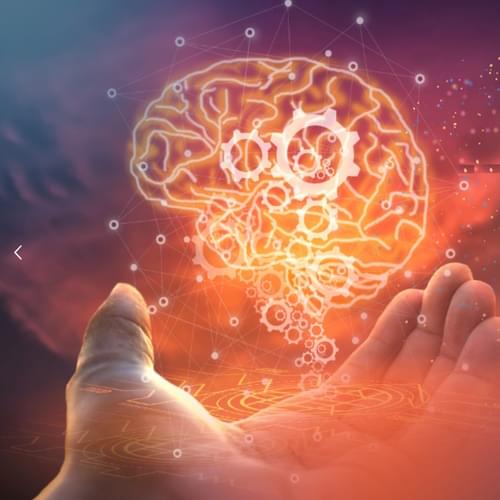It can’t fix the code when it does not work though.
The conversational chatbot from OpenAI, ChatGPT, has attracted the attention of users worldwide. However, the lesser-known tool called Codex from OpenAI has quickly become a top favorite among developers. Codex currently powers the Copilot feature on GitHub.
How does Open AI’s Codex work?
Guillaume/ iStock.
For those, who are relatively new to the world of programming, GitHub is an open-source community where developers share the code for the software they have written for others to use. Microsoft acquired GitHub over four years ago. Working closely with OpenAI, Microsoft has gained access to ChatGPT and Codex, OpenAI’s ChatGPT-like solution for code.



